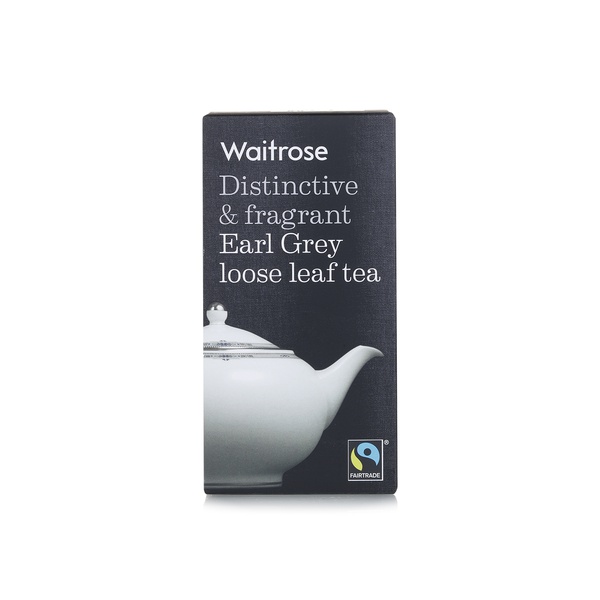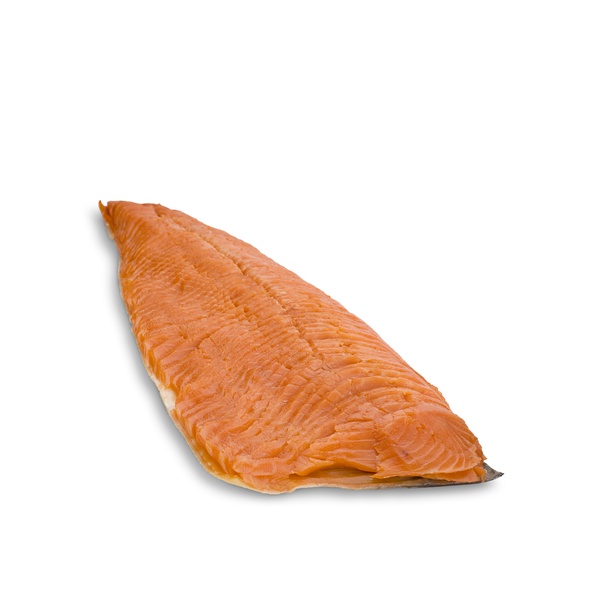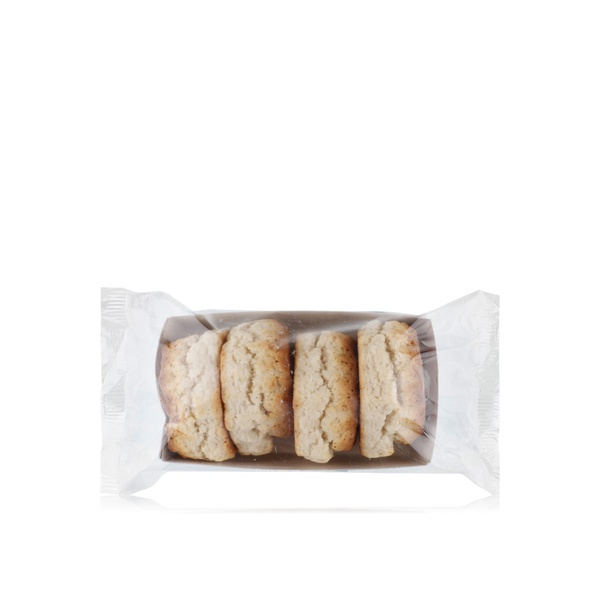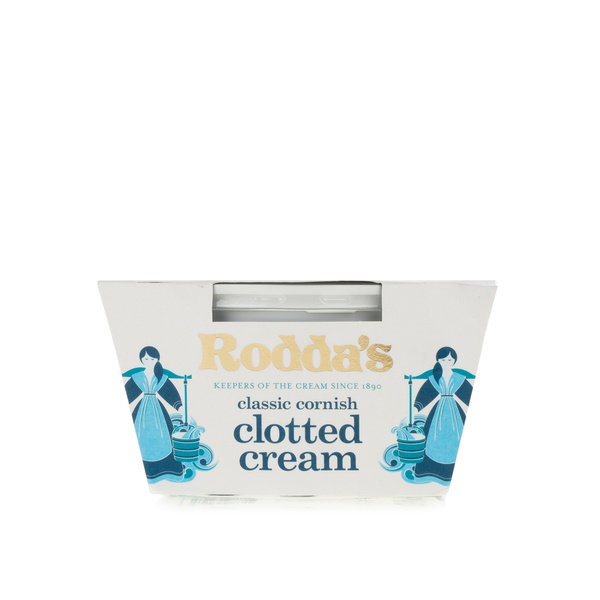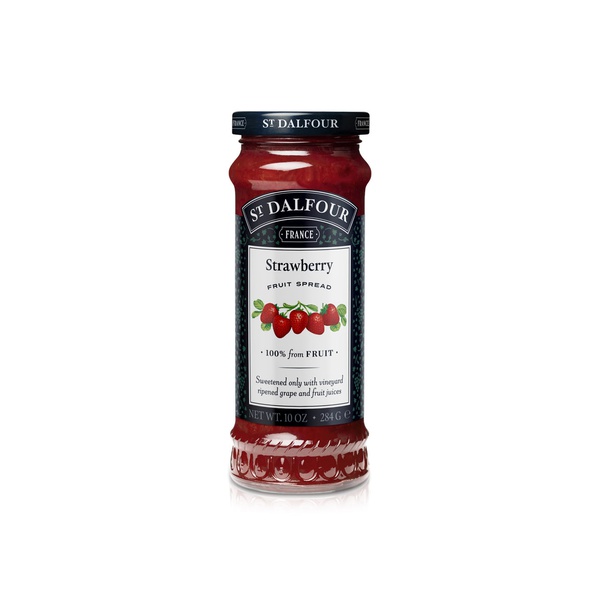The etiquette of afternoon tea
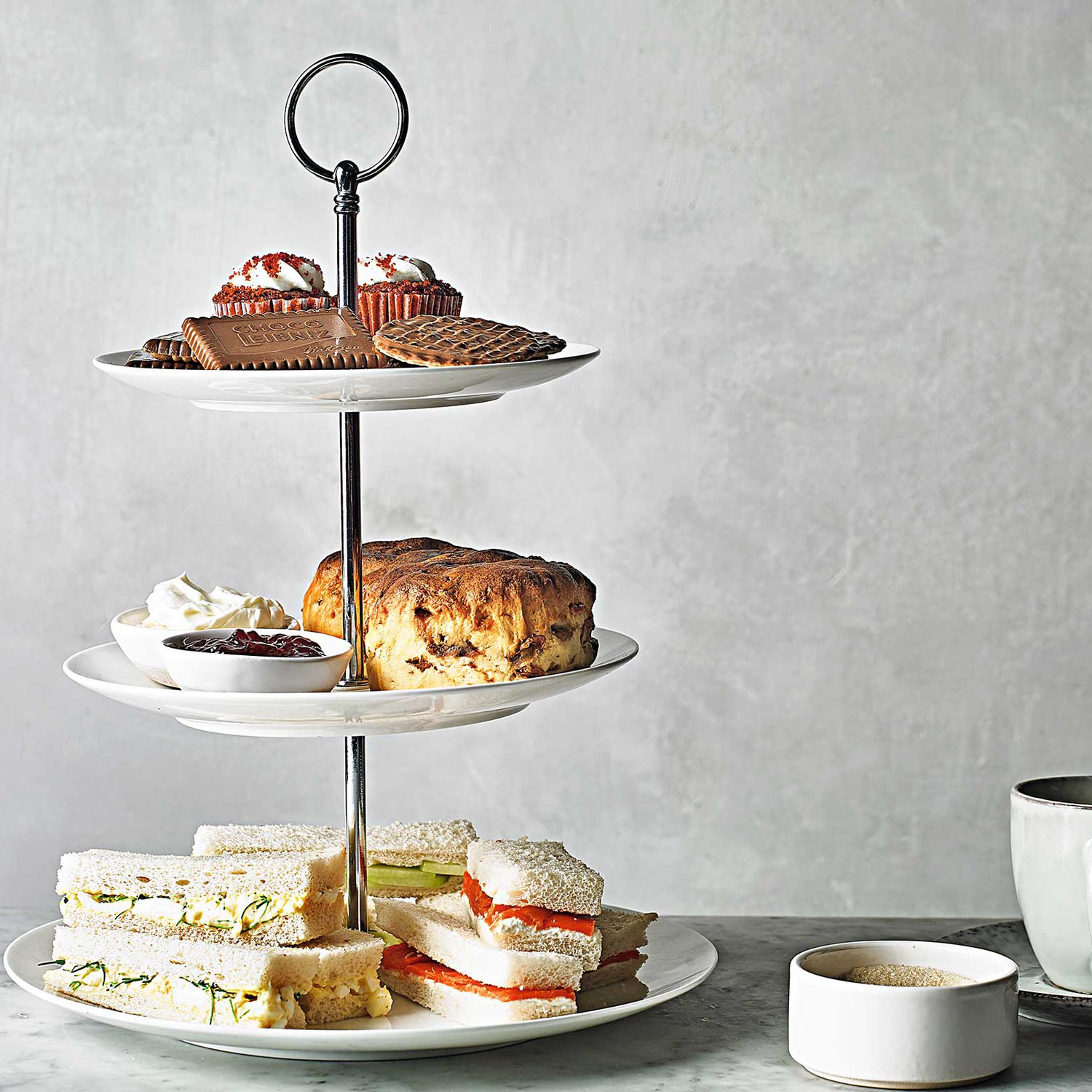
In Britain, a good cuppa, some fruity scones and a plate of finger sandwiches aren’t merely food items – they are the classic components of a quintessential British tradition: afternoon tea.
The country’s love affair with this longstanding ritual dates back to the early 1840s, when the Duchess of Bedford, clearly struggling with a blood sugar crash, would demand a meal between lunch and dinner. Her staff busily prepared a tray of cake, bread and butter and tea that would take the peckish Duchess through to dinner. Word went round the upper classes and this afternoon ritual gradually became a fashionable social event.
Today, our fast-paced lives may not grant us the pleasures of slipping into a gilded armchair at a luxurious tea salon every afternoon, but when you do, here’s a list of dos and donts to make the experience as elegant and enjoyable as possible.
Familiar foods at an afternoon tea table include sandwiches, scones and cakes”
The star of afternoon tea is undoubtedly the tea itself. Loose leaf teas such as Earl Grey or Darjeeling are the preferred choice for many, with the former popular for its citrusy flavour and natural sweetness coming from the bergamot, while the latter has floral and fruity notes. It is not unusual to spot herbal infusions such as chamomile and rose too. The key to a good brew is pre-warming the teapot with hot water and discarding it before you add the tea. Fine bone china teapots and cups aren’t just a pretty addition to the table, they help prevent the build-up of tannins, which means you enjoy a less astringent taste. Use a strainer to catch loose leaves as you pour the tea.
Some like a slice of lemon in their tea, some take sugar, some take milk – there are no right or wrong answers. There’s much debate about whether the milk or tea should go in the cup first. Hot tea sometimes cracked the delicate cups and so milk was added first to protect the china. Next, take a teaspoon and gently agitate the tea in a back and forth rather than stirring it in a circular motion.
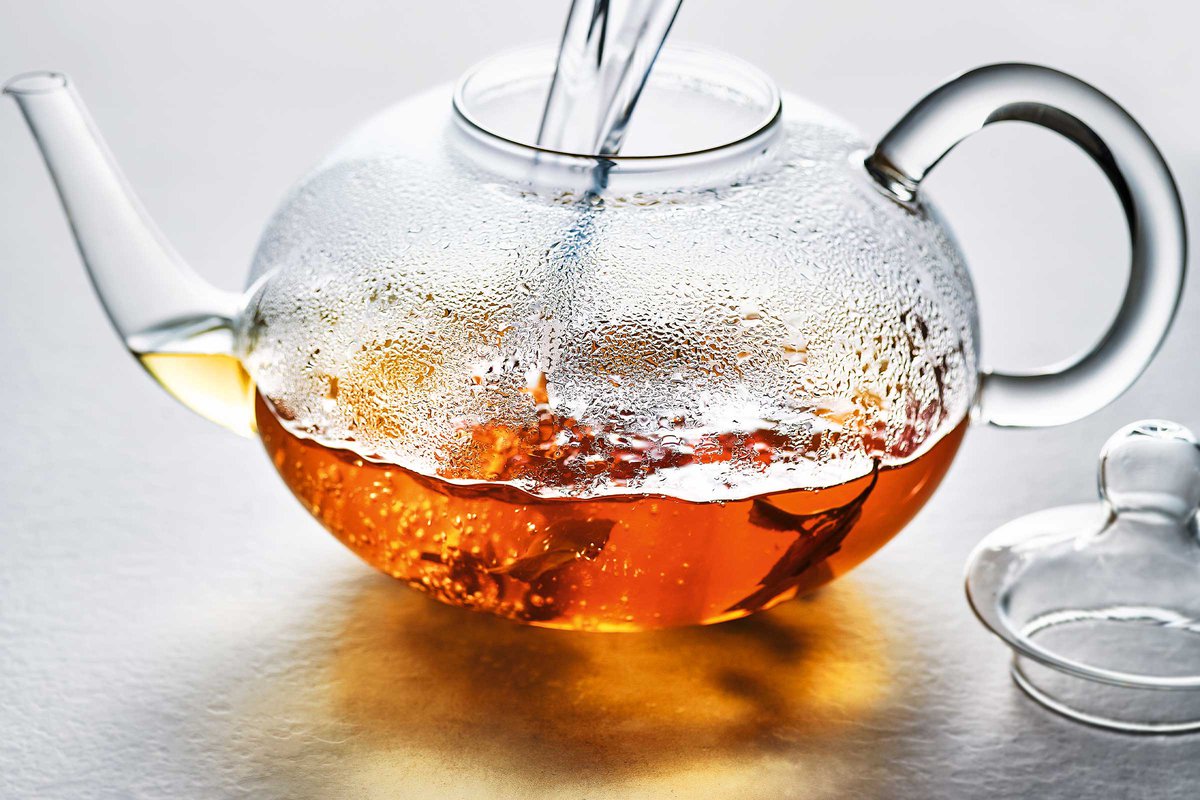
Familiar foods at an afternoon tea table include sandwiches, scones and cakes. A classic cucumber sandwich is an iconic British food; smoked salmon or cheese and pickle might also be found on the plate. Cut into small squares or rectangles, the crusts are removed, thus enabling the sandwiches to be politely nibbled in two or three bites.
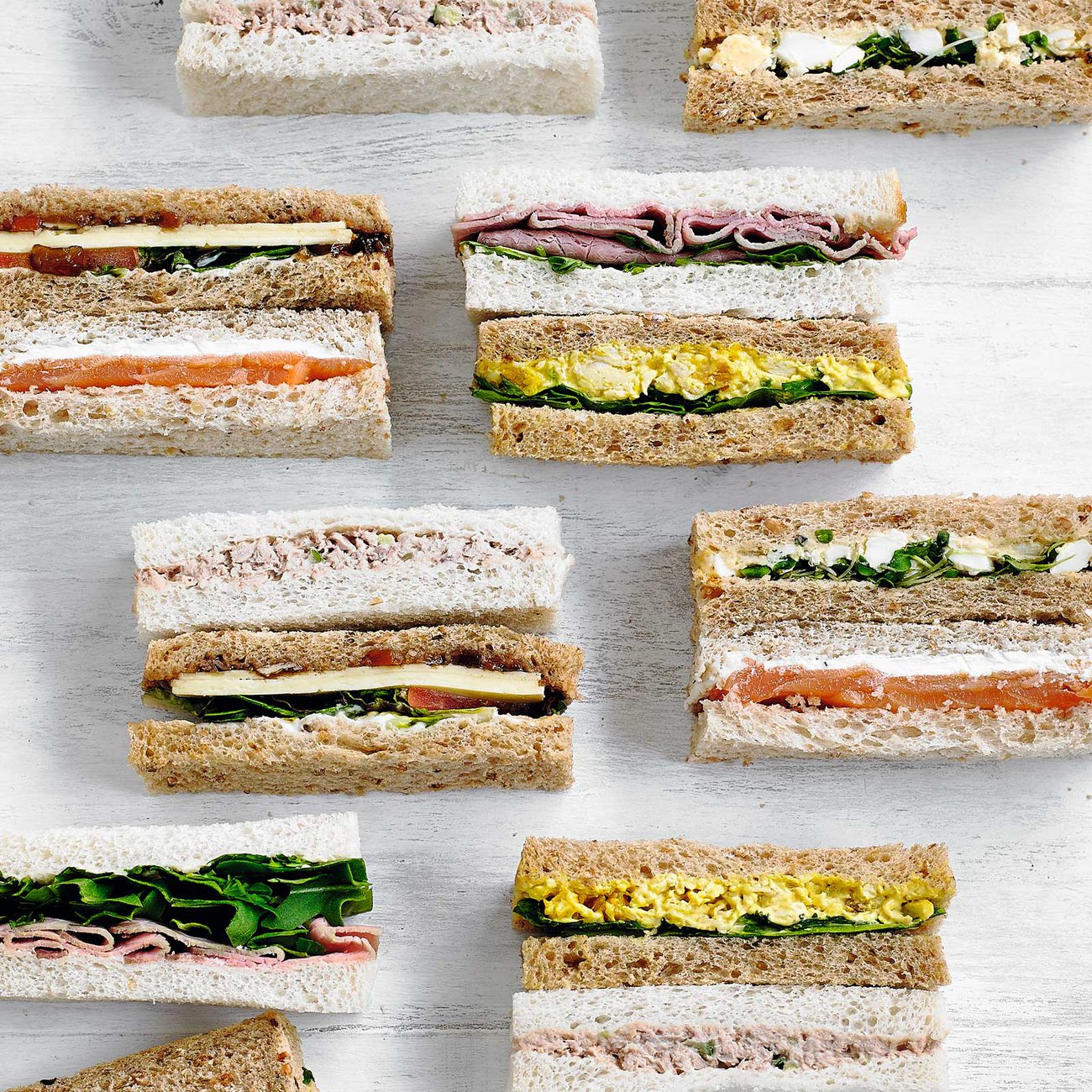
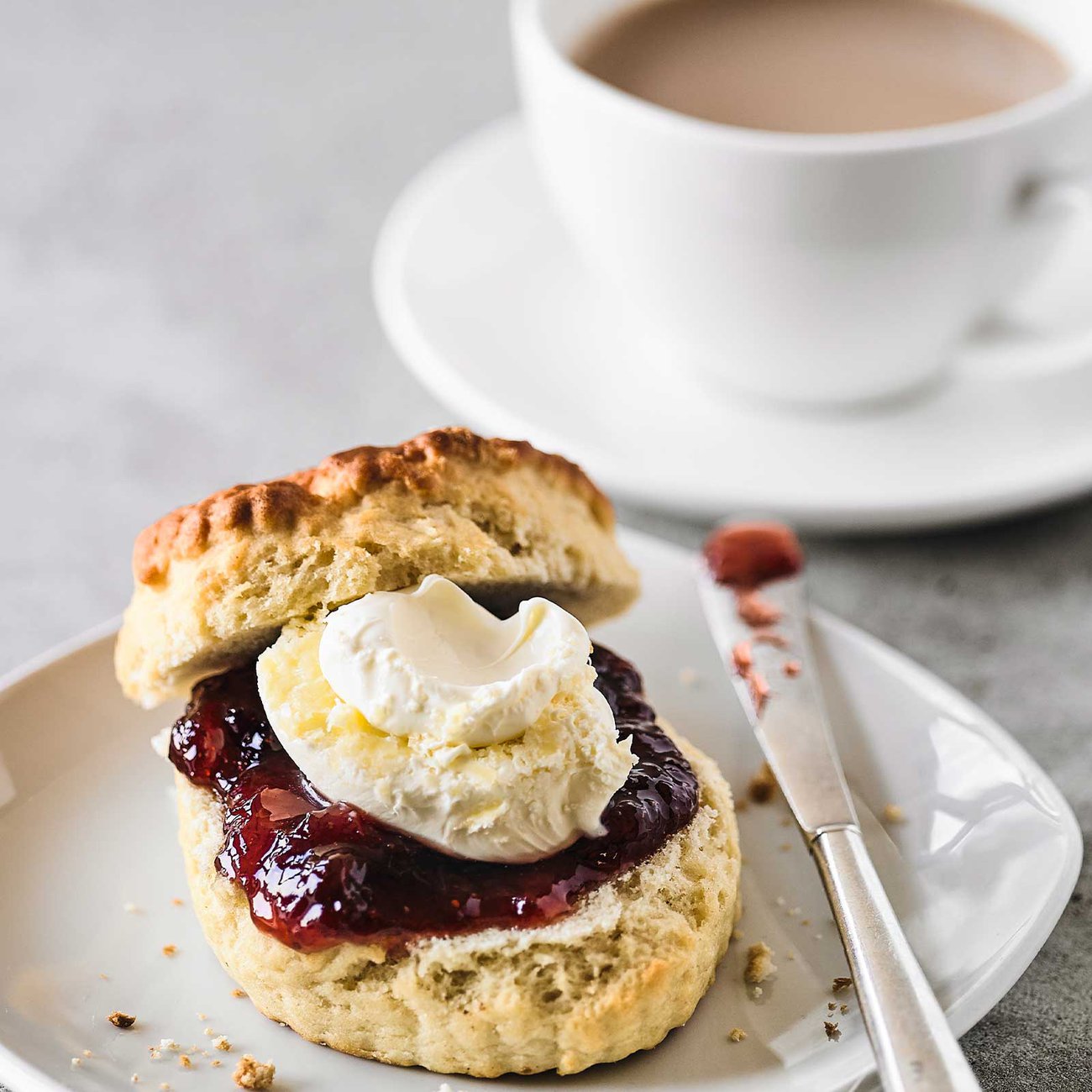
Next up are the scones. Don’t pick up the knife because scones should be broken in half with your fingers. Though plain scones are a staple of afternoon teas, Queen Elizabeth II’s teatime features fruit scones as well. Layering a scone is another topic up for debate between those from Cornwall (who add the strawberry jam first) and Devon (who add the clotted cream first), but, in truth, it doesn’t really matter which one goes first as the taste is the same. It should be said, however, that the Cornish probably have it right as it’s easier to spread cream on top of jam than vice versa.
Lastly, every afternoon tea should include a slice of cake. Most often this would be a beautifully light and fluffy Victorian sponge cake or a more robust piece of rich fruit cake.
